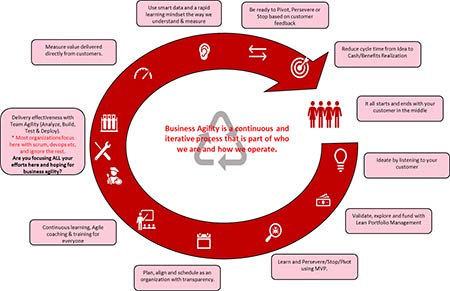Read Also
Transforming Cybersecurity Leadership in Critical Industries
Joel Earnshaw, Senior Manager, Cybersecurity, Perenti
The Blueprint behind Modernizing Branch Networks
Ronaldo S. Batisan, Senior Vice President - Branch Channel Management Head Of Union Bank Of The Philippines
The Blueprint behind Modernizing Branch Networks
Ronaldo S. Batisan, Senior Vice President - Branch Channel Management Head Of Union Bank Of The Philippines
Meeting Business Travel Demands with Intelligent Platforms
Zamil Murji, Chief Technology Officer, Corporate Travel Management – Asia
From Friction to Function: How Winc Turned Customer Feedback into Business Growth
Cara Pring, Digital & Cx Director, Winc Australia
Why Contact Centres are Becoming Strategic Hubs for Social Insight
Cindy Chaimowitz, GM Wholesale & Customer Service and Karen Smith, Head of Customer Service, Foodstuffs North Island
Why Compliance Needs a Seat at the Strategy Table
David Koh, Head, Legal & Compliance (Singapore) and Operational Risk Management Country Lead, Perpetual Limited
Streamlining Operations and Empowering Teams in Facilities Management
Shaye Rogers, Workflow Support Manager, Cushman & Wakefield














 And yet, achieving true business agility is more than a matter of using Agile. As a business, our objective isn’t to build services and products–it’s to deliver business and customer value. And that entails working collaboratively to take small steps in pursuit of big results.
And yet, achieving true business agility is more than a matter of using Agile. As a business, our objective isn’t to build services and products–it’s to deliver business and customer value. And that entails working collaboratively to take small steps in pursuit of big results.








